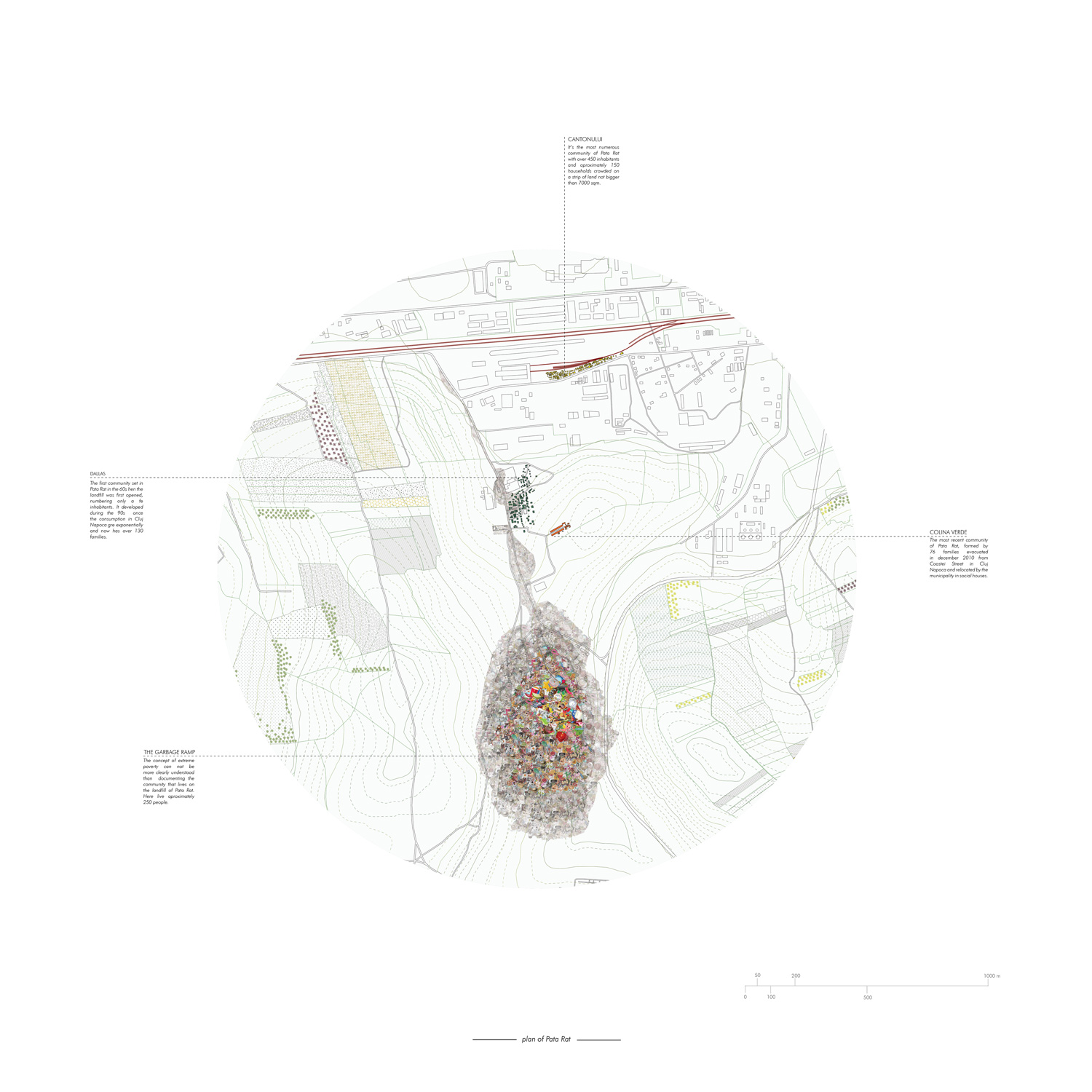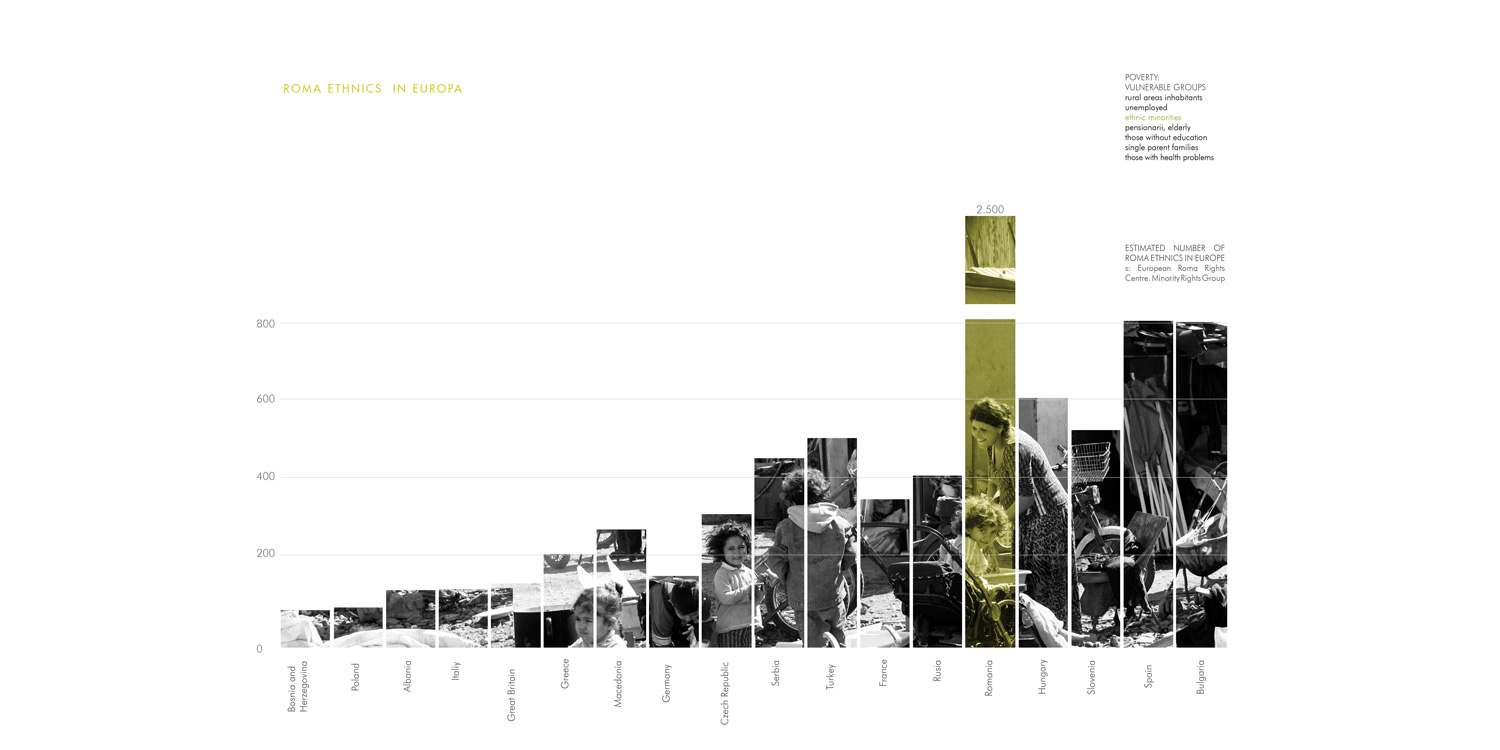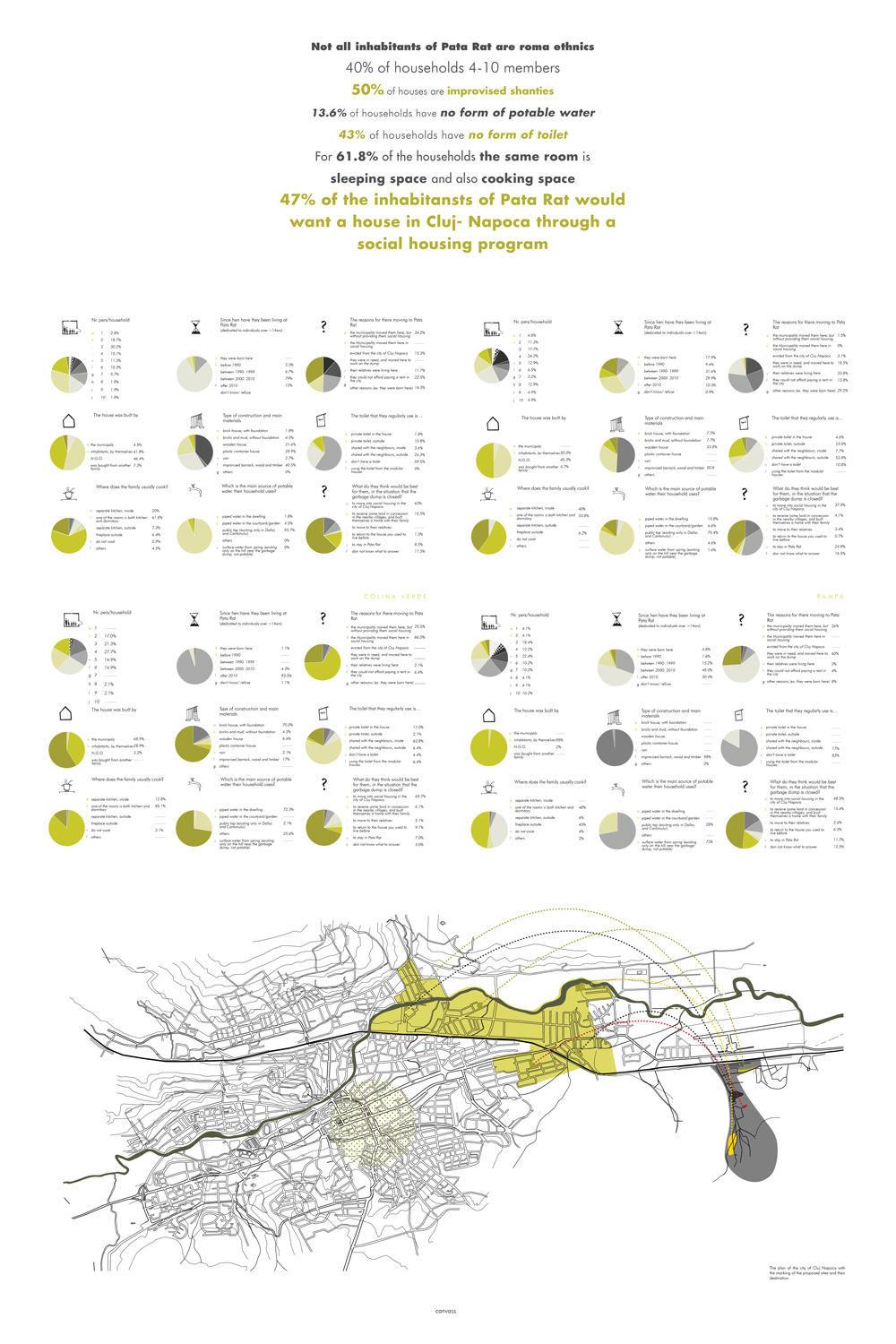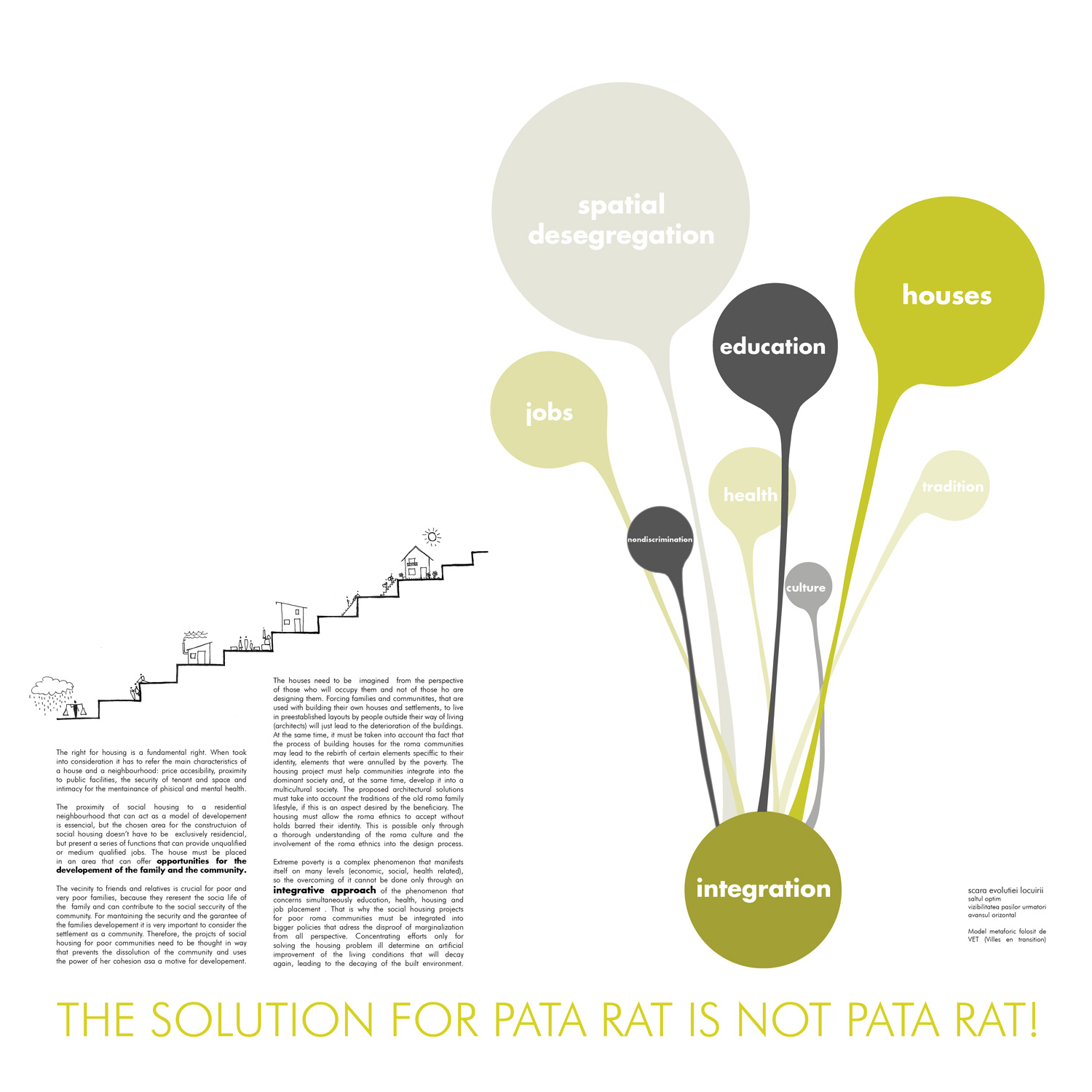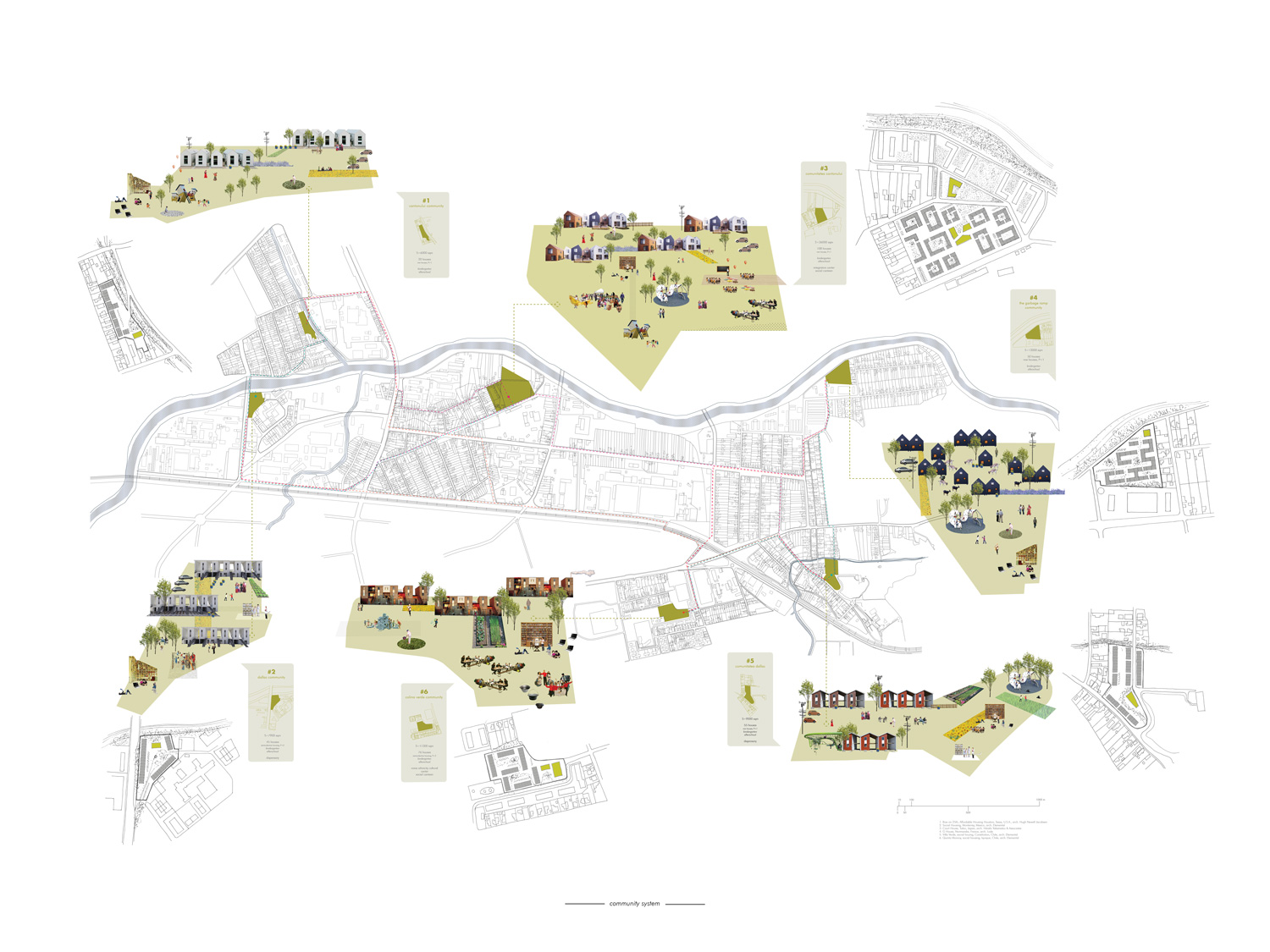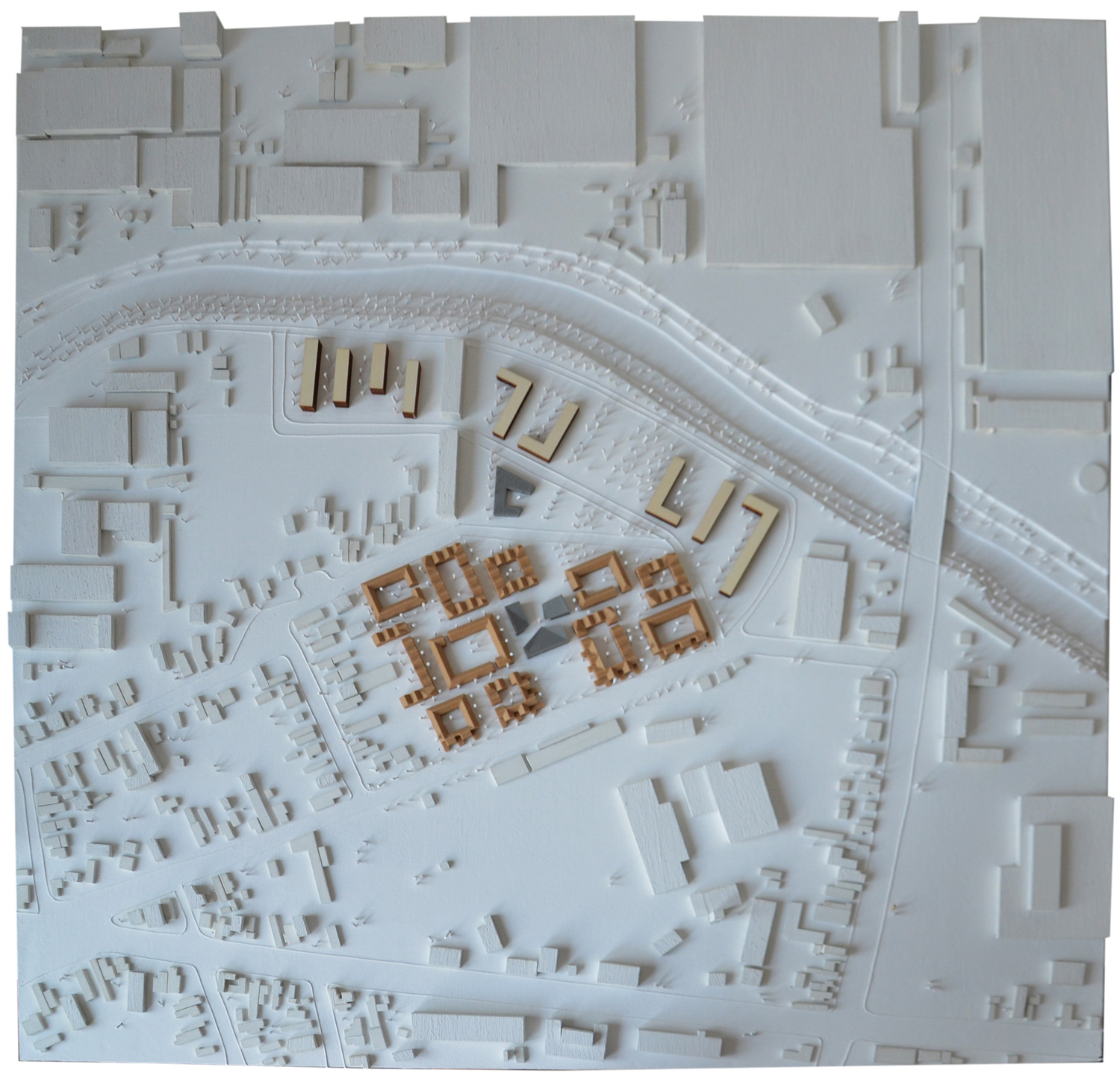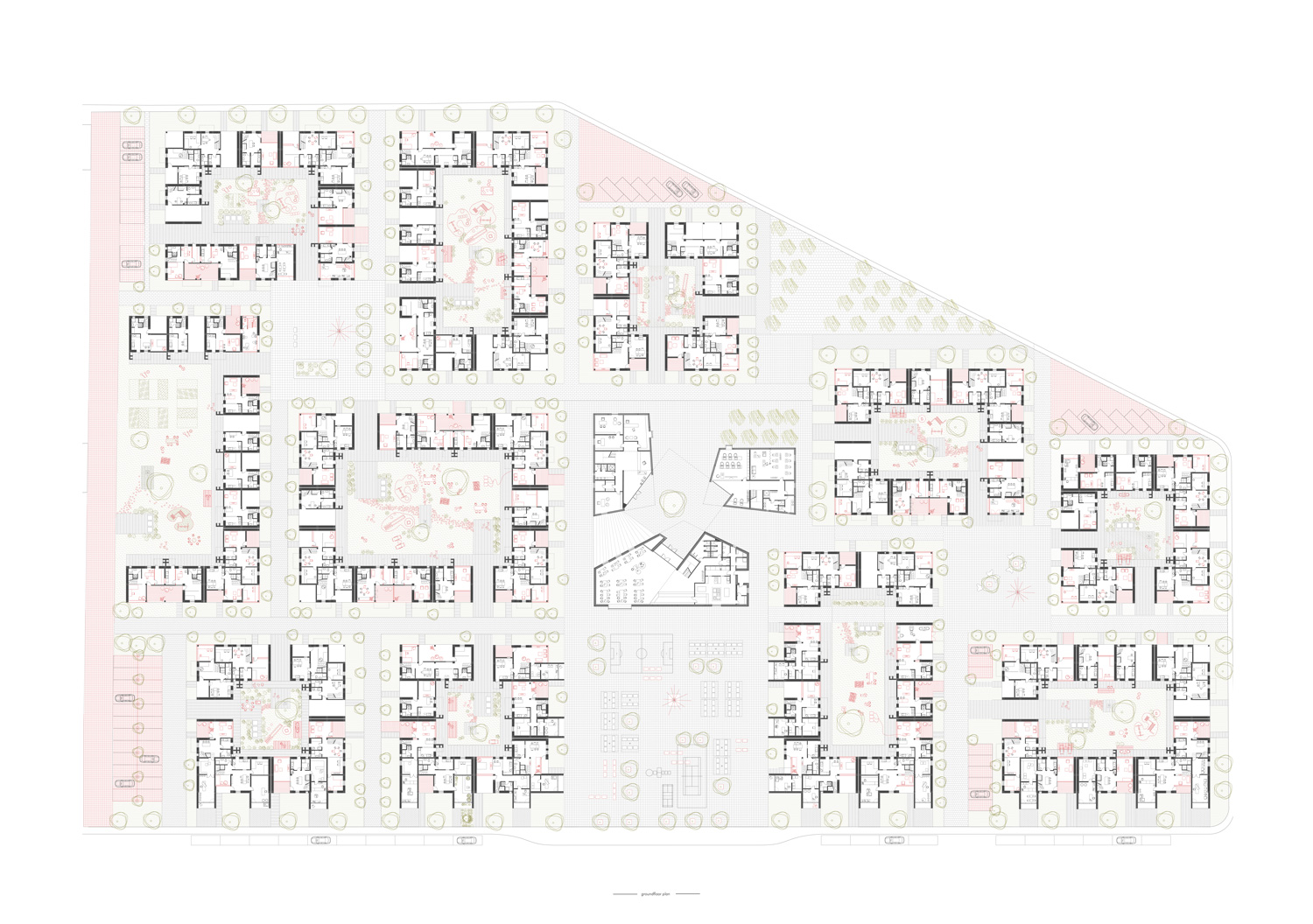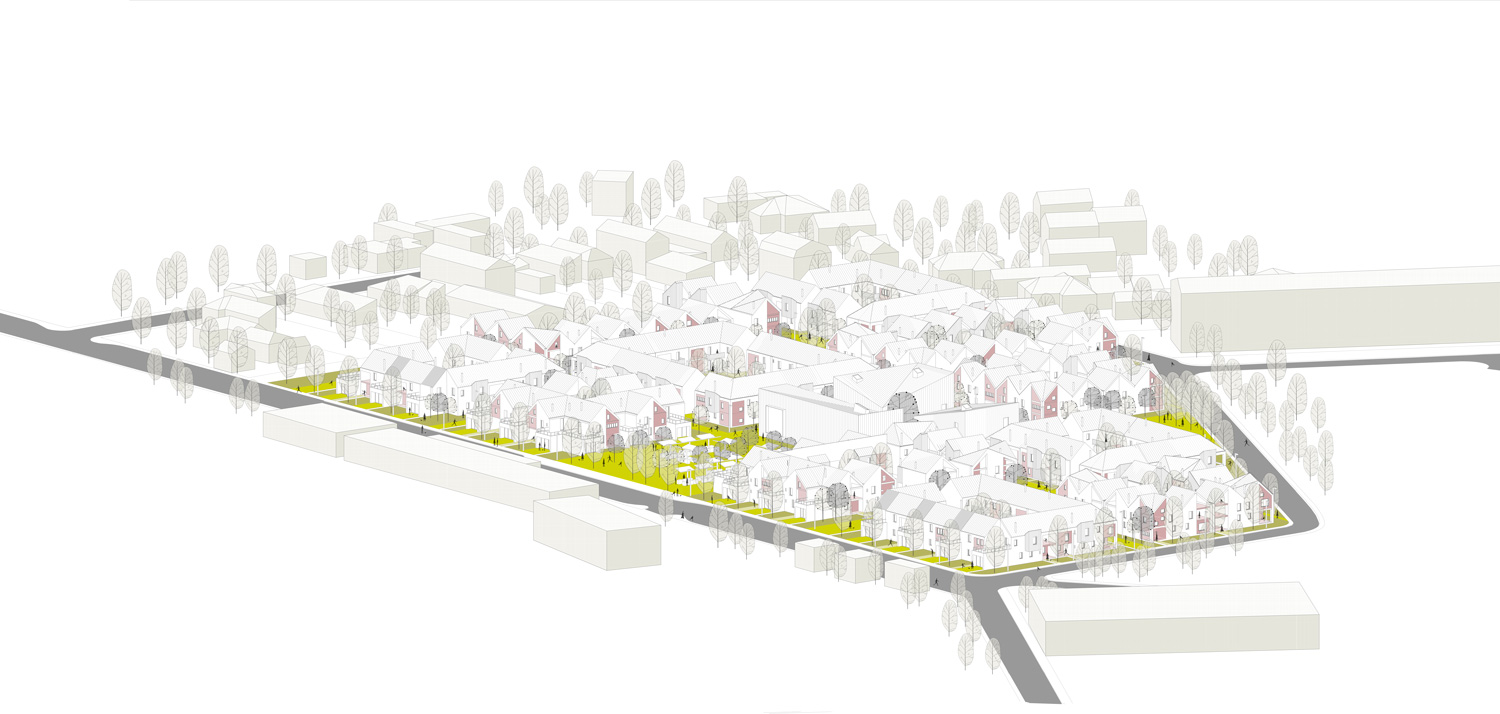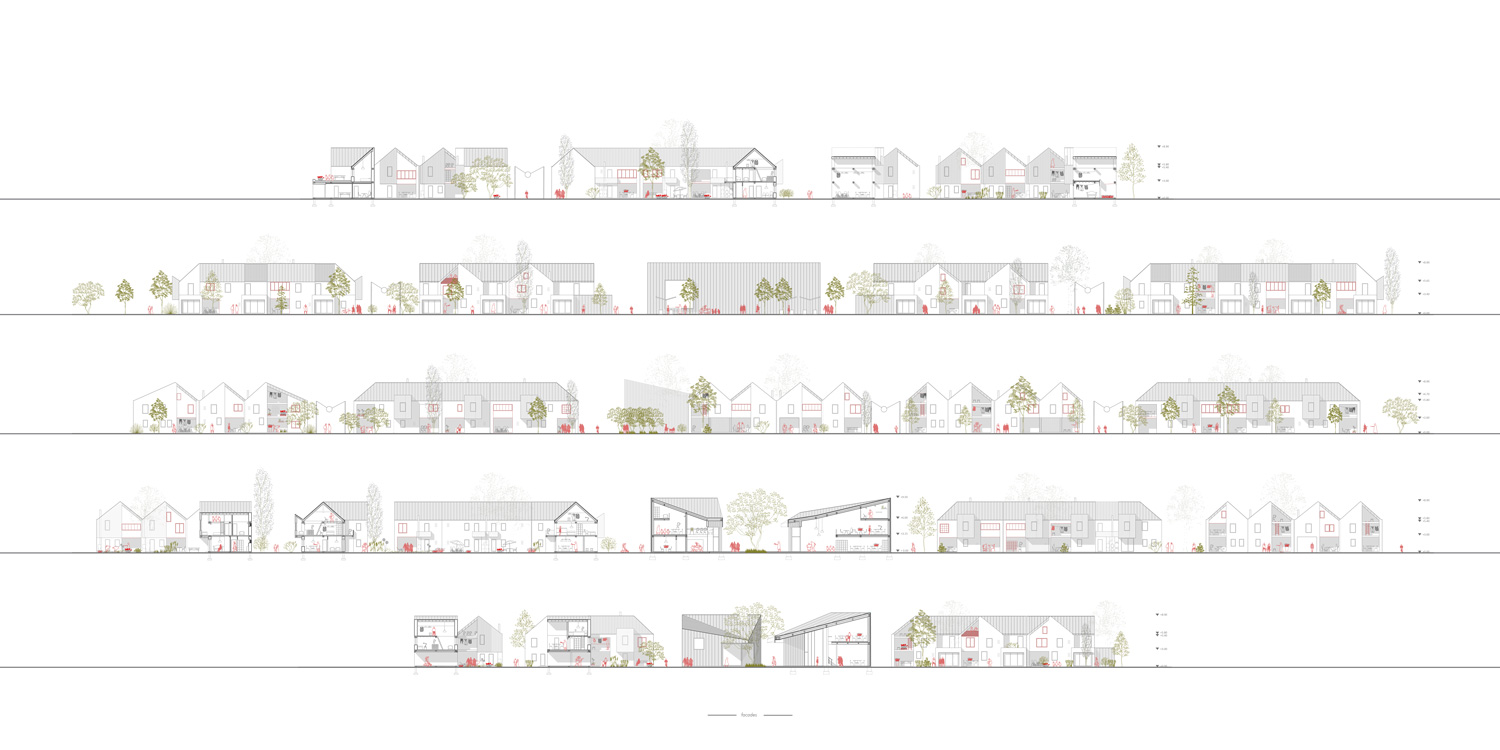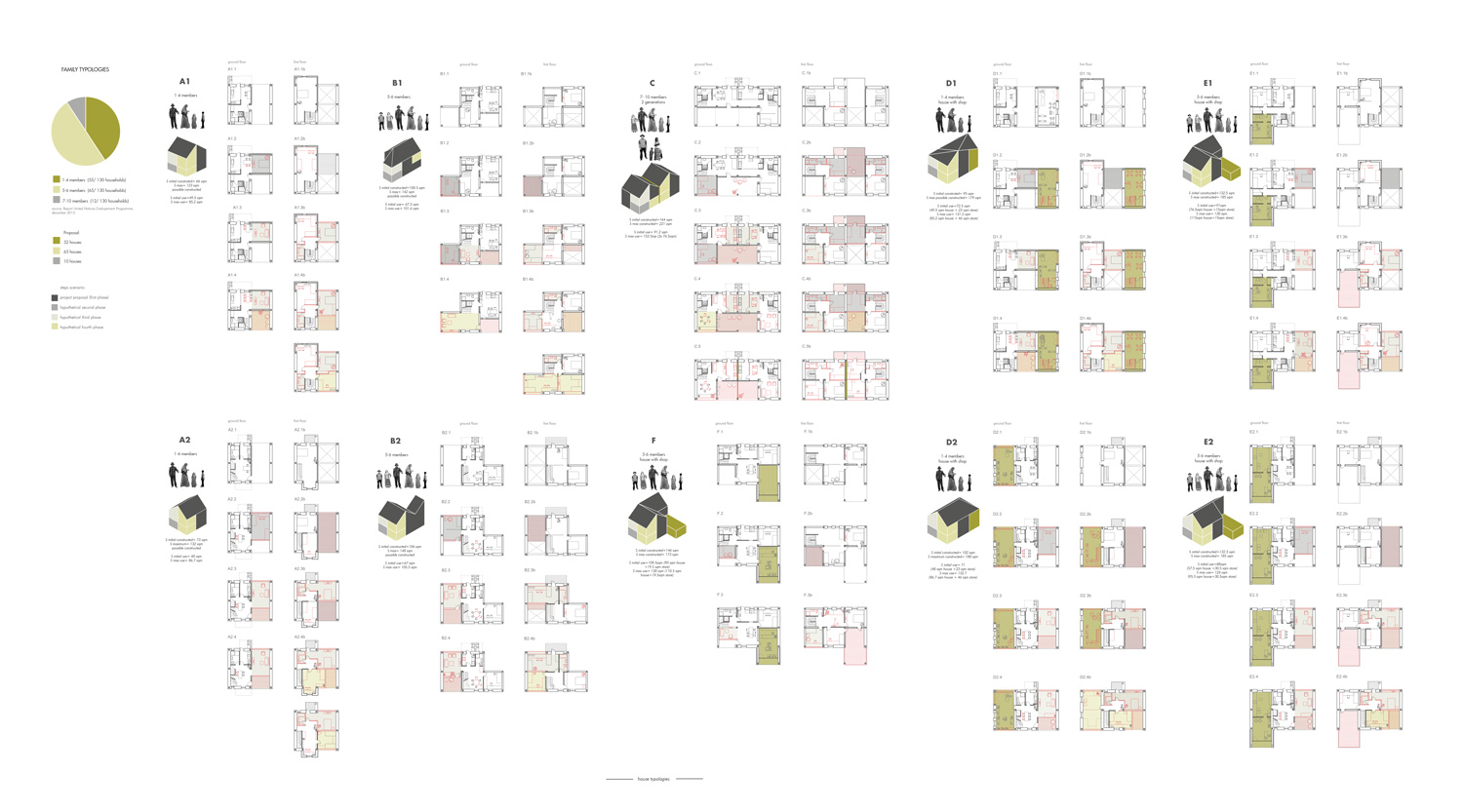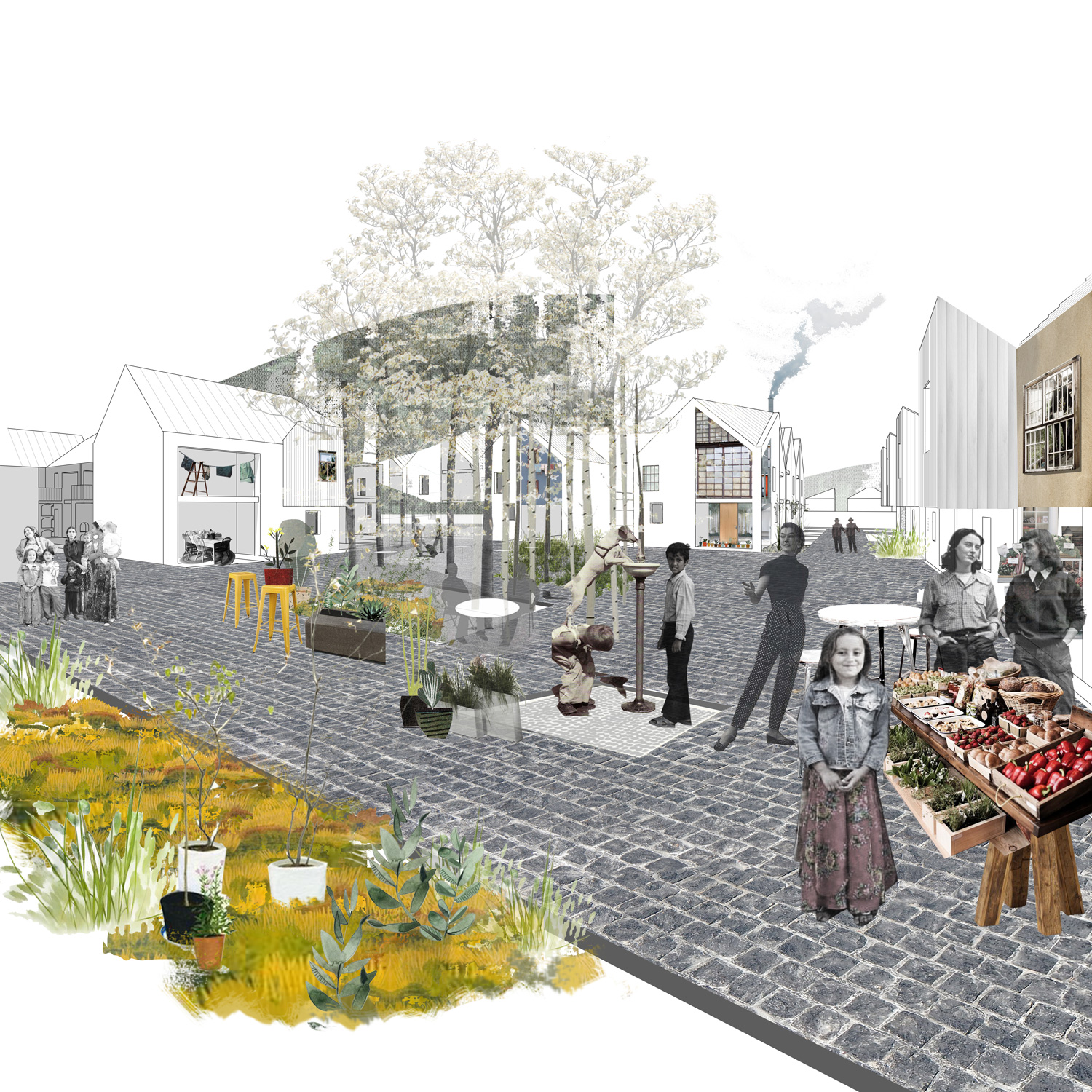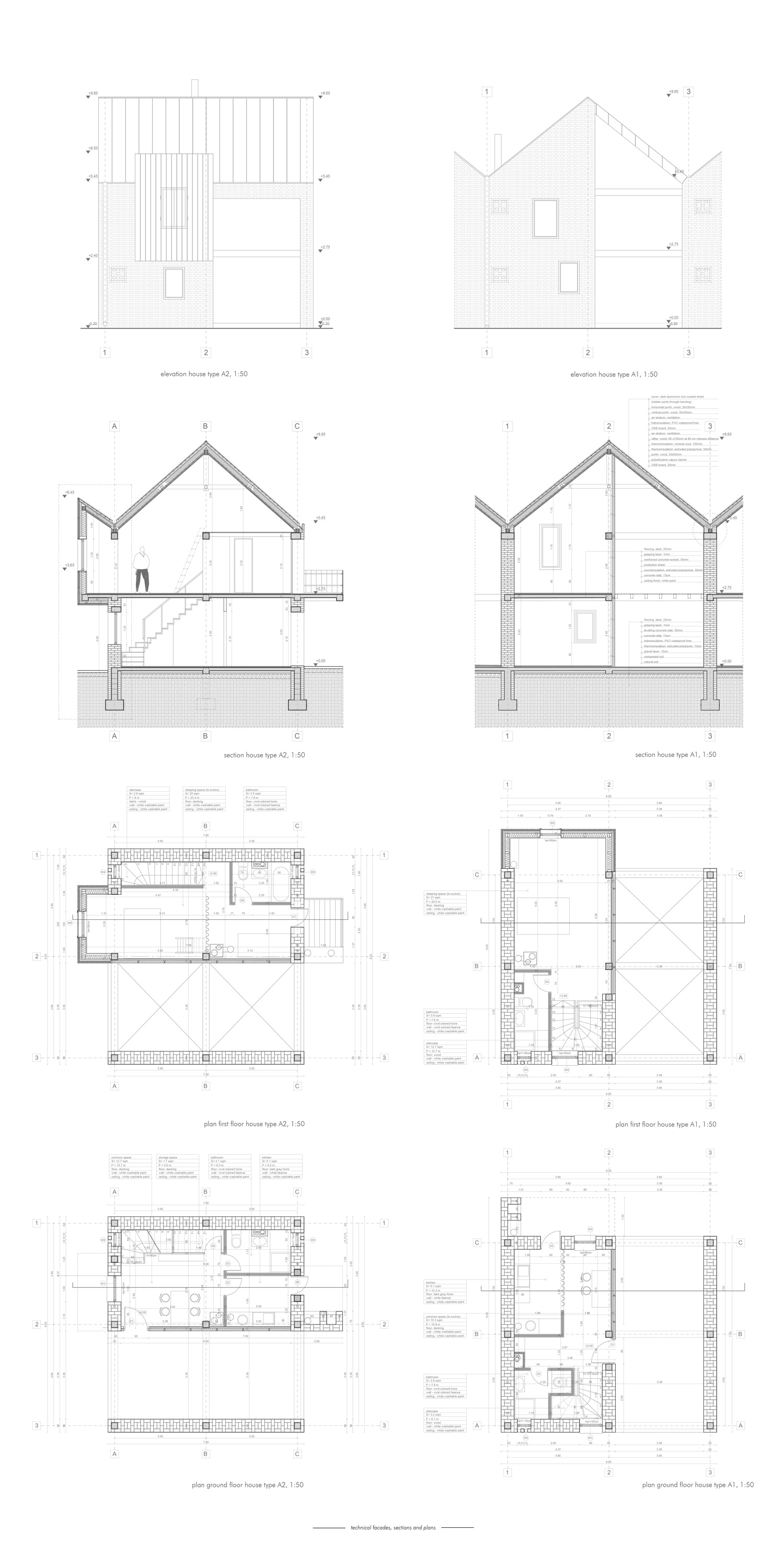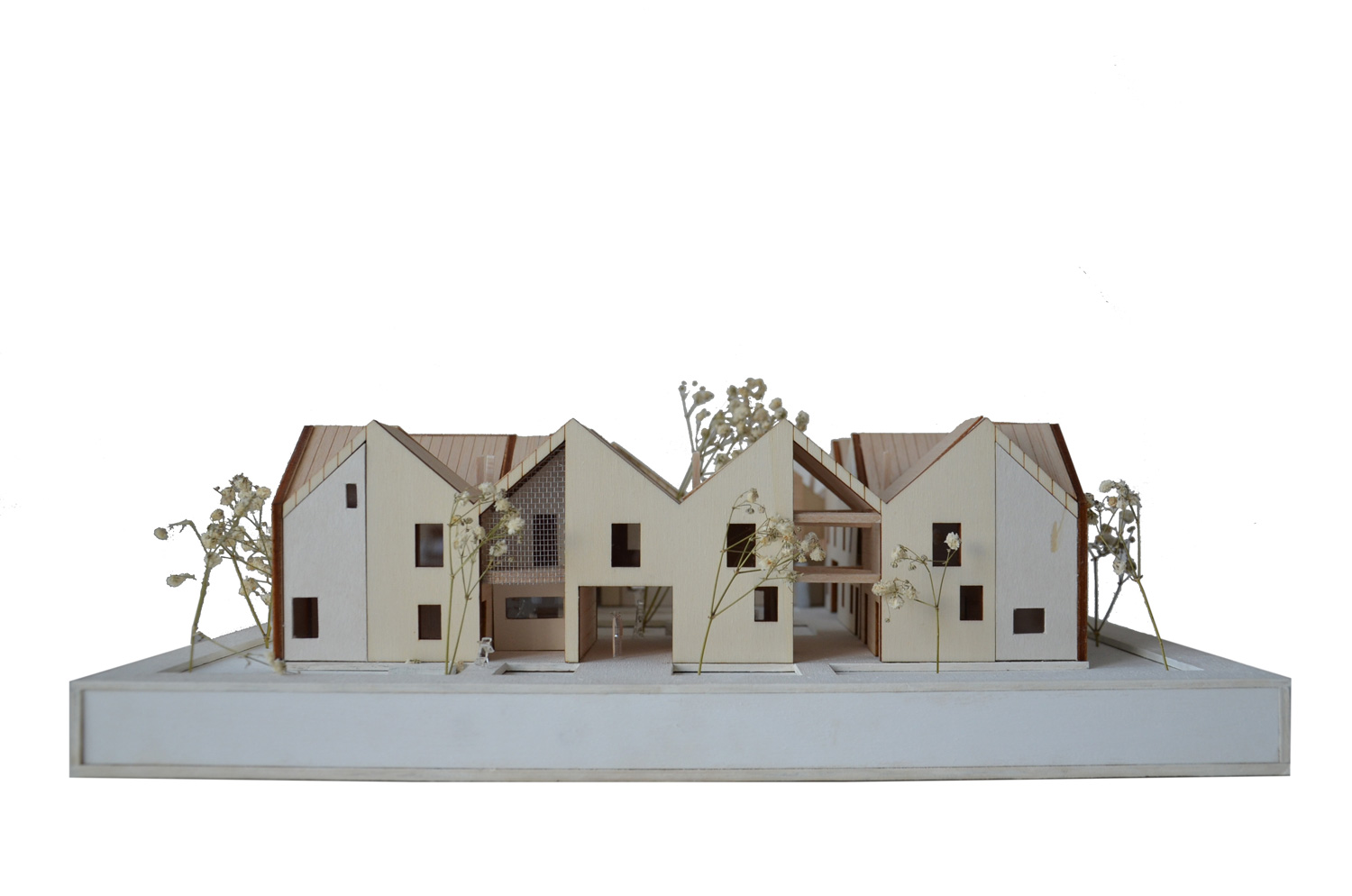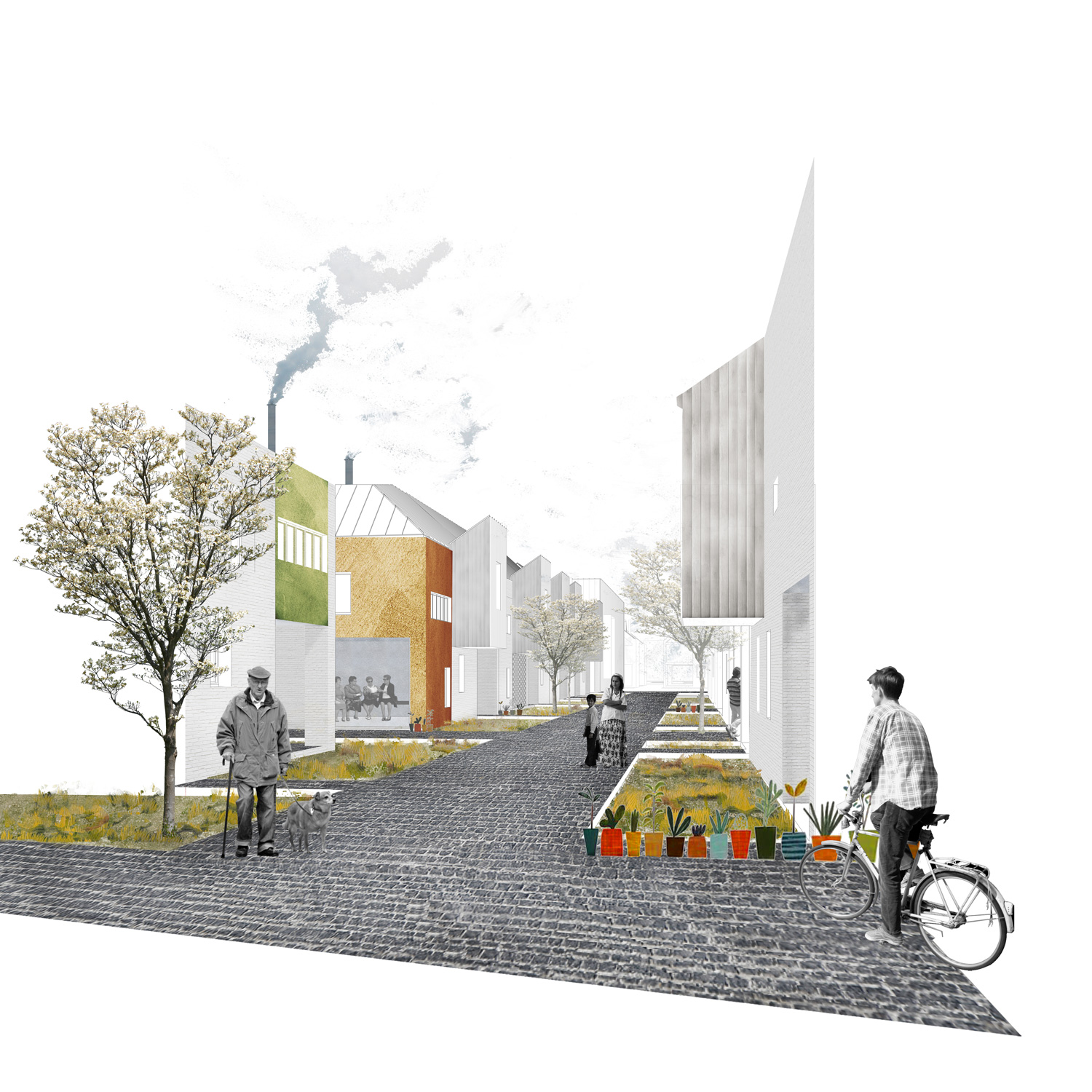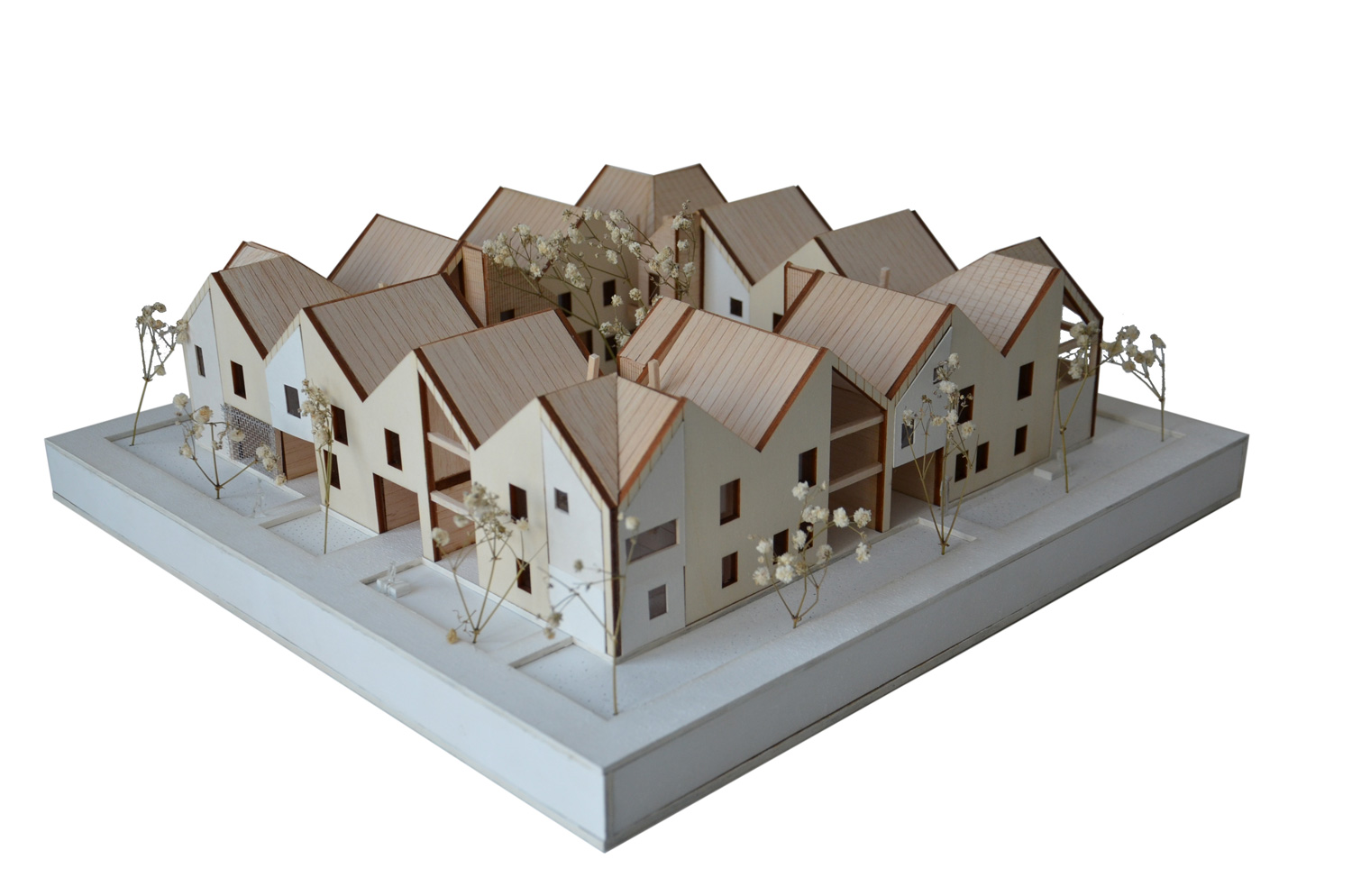1636-MIS-RO-2016
Client: Unknown
Status: Academic
Location: Cluj-Napoca, Romania
Climate: Continental, Temperate
Materials: Metal, Wood
Environment: Urban
Visualizer: Studio
Scale: 32.000 ㎡ Extralarge
Types: Housing, Masterplan, Public space, Residential
Social housing for roma communities living in extreme poverty at the Pata Rat garbage dump, Cluj Napoca, Romania. Extreme poverty of Roma communities in Romania is a large scale phenomenon, determined mostly by the marginalization of this communities, both by denying their expression in public space, and by using their living space as a social and spacial limit.
Pata Rat, a garbage dump on the outskirts of Cluj Napoca city, is also the home for approximately 1500 Roma ethnics organized in four communities (Cantonului, Dallas, Colina Verde, Rampa). This communities, formed and developed differently in the course of 50 years, share the same harsh living conditions imposed by a toxic environment that disconects them from the city, spacially and as well as from it’s social life. The problems which characterize their living conditions (very small houses with wrong spacial typologies for numerous families, lack of utilities, shabby, unsafe structures) fade in the face of their biggest matter – spacial segregation from the city of Cluj Napoca, that determines the lack of opportunities, both in terms of education and employment and translates in a perpetuating phenomenon, thereby condemning future generations to the same situation.
In the case of extreme poverty, change must come through outside actions that shouldn’t concern only the improvement of housing, but tackle all the aspects of life throughout a multidisciplinary aproach. Unfortunately social housing projects targeting Roma communities in our country are scarce and often wrong because they continue a discriminatory policy of placing housing in remote areas and ignore the housing particularities of Roma families and their household dynamics.
The solution for Pata Rat is Not Pata Rat!
[Re]moving Pata Rat investigates the role architecture and urban planning can play in the complex process of social integration, trying to come up with concrete solutions to serve the uncommon case of a special ethnic minority. The project proposes the relocation of the communities inside the city, changing the status of a socially stigmatized group associated with the phenomenon of garbage. Six sites, working as a system, maintain the communities as a whole one at the city scale (the two bigger communities, Cantonului and Dallas, were split in two, helping the integration process). This sites host, except housing, functions related to the multidisciplinary integration process that concerns problems such as education, health, ethnic culture and job qualification.
The proposal for social housing is based on a development in phases, after the model of Elemental, searching for a gradual evolution according to the necessities of a family starting in poverty and reaching a ‘normal life’ status. Phase 0 involves construction that meet basic needs (sleeping, eating, hygiene) and constructive requirements that can not be met by people without professional qualification (structure of the house, stairs, plumbing). This core will develop further, allowing the emergence of other areas: new spaces for sleeping, bathrooms and finally a living space.
The houses are grouped in clusters with courtyards, whose configuration and position within the site allows the gradationof areas: public, semipublic, private. The site can be crossed in many ways, both ‘formal’ by interior streets and ‘informal’, crossing the courtyards.
Taking into account the types of families and housolds at Pata Rat, but also the dinamic of roma housholds in general, the project offers different house typologies that can answer to types of families with different needs concerning space (A- type that can develop up to 4 members, B- type up to 6 members, C- type designed for two generations, up to 10 members, initially living together subsequently to separate into two distinct houses).
The strong cohesion between the members of the Roma community requires the establishment of direct spatial relations between the houses and the collective space, without neglecting the need for privacy. The houses contain the same core made in phase 0 (with bathroom, kitchen and sleeping space). The kitchen is always positioned in relation to the inner courtyard and comes with an ‘summer’ oven to allow the family to expand their business beyond the walls of the house, participating in the community. Also, the entrence for the dwelling is located on the temporar sidewall imposing the appearance of verandas that are designed to widen the street space and bring it closer to the center of the house.
